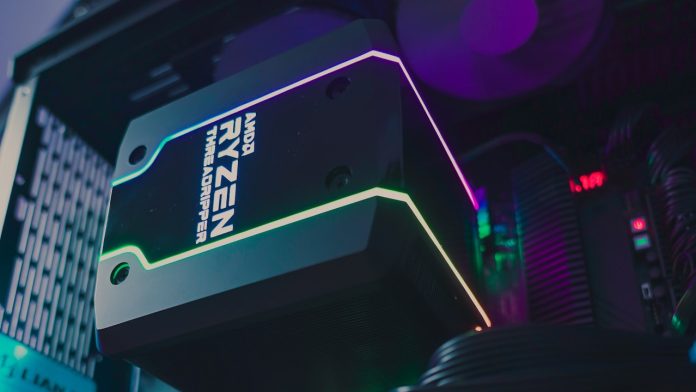Two Way Direct is pleased to provide businesses with walkie-talkies and portable or handheld two-way radios from HYT and Hytera. For your new or old radios, we offer mobiles, base stations, repeaters, and accessories. You can use the filter option to see just the radios and accessories you require. Alternatively, peruse our vast assortment beneath and procure with assurance from the top mobile communications supplier.
Hytera radios are multipurpose communication devices with a wide range of functions suitable for many contexts. Both personal and business consumers’ demands are catered to in its design. Hytera radios come in a variety of varieties visit homepage to suit a range of applications, including professional applications in the public safety, healthcare, construction, and hospitality sectors as well as personal applications for recreational activities.
Key Components of Two-Way Radio System
Complex communication networks, such as two-way radio systems, provide dependable and immediate communication between people or groups. They are made up of a few essential parts that cooperate to guarantee smooth message delivery and reception. It is essential to know these elements in order to appreciate the efficacy and operation of two-way radio systems.
Radio Units
The main element of the system is the radio unit itself. Sending and receiving signals is the responsibility of these portable, mobile, or base station devices. They differ in size, features, and power and are available in a variety of shapes that are customized for certain uses.
Antennas
Radio signal transmission and reception depend on antennas. Their designs differ, and they are chosen according to factors including coverage area, frequency range, and environmental impact. Antennas are essential for obtaining the best possible signal strength and quality.
Repeater Systems
Repeater systems increase the two-way radio’s coverage area. The communication range is increased by them receiving signals from a radio unit, amplifying them, and then retransmitting them. In locations that are huge or have obstructions preventing direct communication, repeaters are especially important.
Duplexers and Combiners
Duplexers allow radios to use a single frequency for simultaneous signal transmission and reception. Contrarily, combiners enable the unhindered use of a single antenna by several radios.
Power Sources
The energy required for the two-way radio system to function is provided by power sources, which are usually batteries or power supplies. Reliable power supplies are essential for continuous communication.
Control Stations
These are the hubs of the system that are usually situated in the middle. They oversee frequency management, communication flow control, and radioactivity coordination. Dispatch consoles, which operators use to control communication traffic, are another feature of control stations.
Cabling and Connectors
These are necessary to connect the different parts of the system together. They make certain that signals and electricity are sent between radios, antennas, repeaters, and other devices in an appropriate manner.
Software and Programming
Configuration and programming of contemporary two-way radio systems are done through software. This makes it possible to update firmware, customize functionality, and guarantee compliance with particular user requirements or industry standards.
Accessory Devices
Headsets, microphones, speaker microphones, carrying cases, and other accessories enhance the functionality of radio units by facilitating hands-free or more convenient use.
Network Infrastructure
This is a critical component of digital two-way radio systems. In order to facilitate digital communication and offer extra capabilities like text messaging, GPS, and data services, this includes servers, switches, and other network gear.
Simple to Use and Programmable
Because handheld radios are simple to use and programmable, users may customize settings, channels, and features to meet their unique needs. For outdoor enthusiasts who might need tailored settings for different activities or situations, this adaptability is a benefit.
Conclusion
Two-way radio systems consist of a number of components that work together to offer effective communication. As technology advances, digital elements, and network infrastructure are integrated into two-way radio systems to further expand their capabilities and make them more adaptable to a variety of sectors and user requirements.















